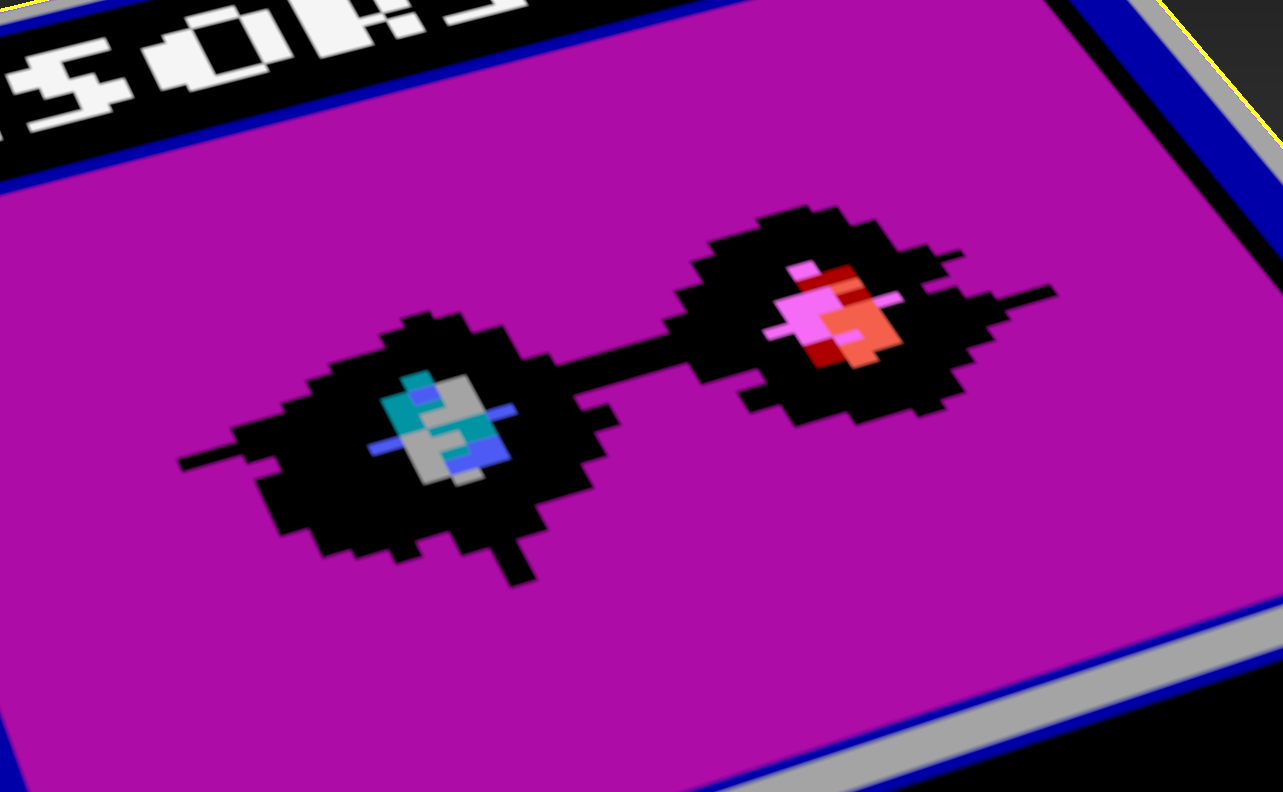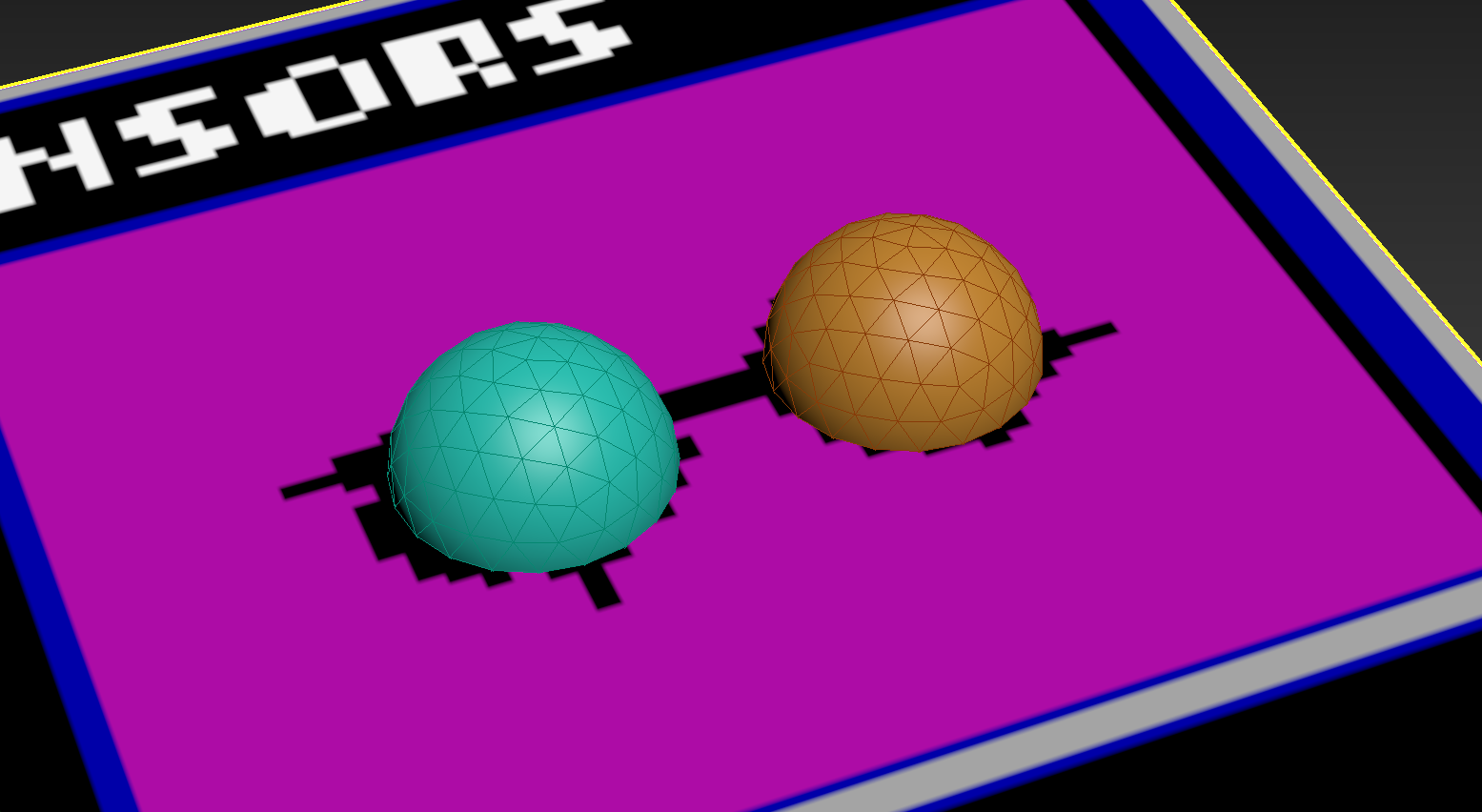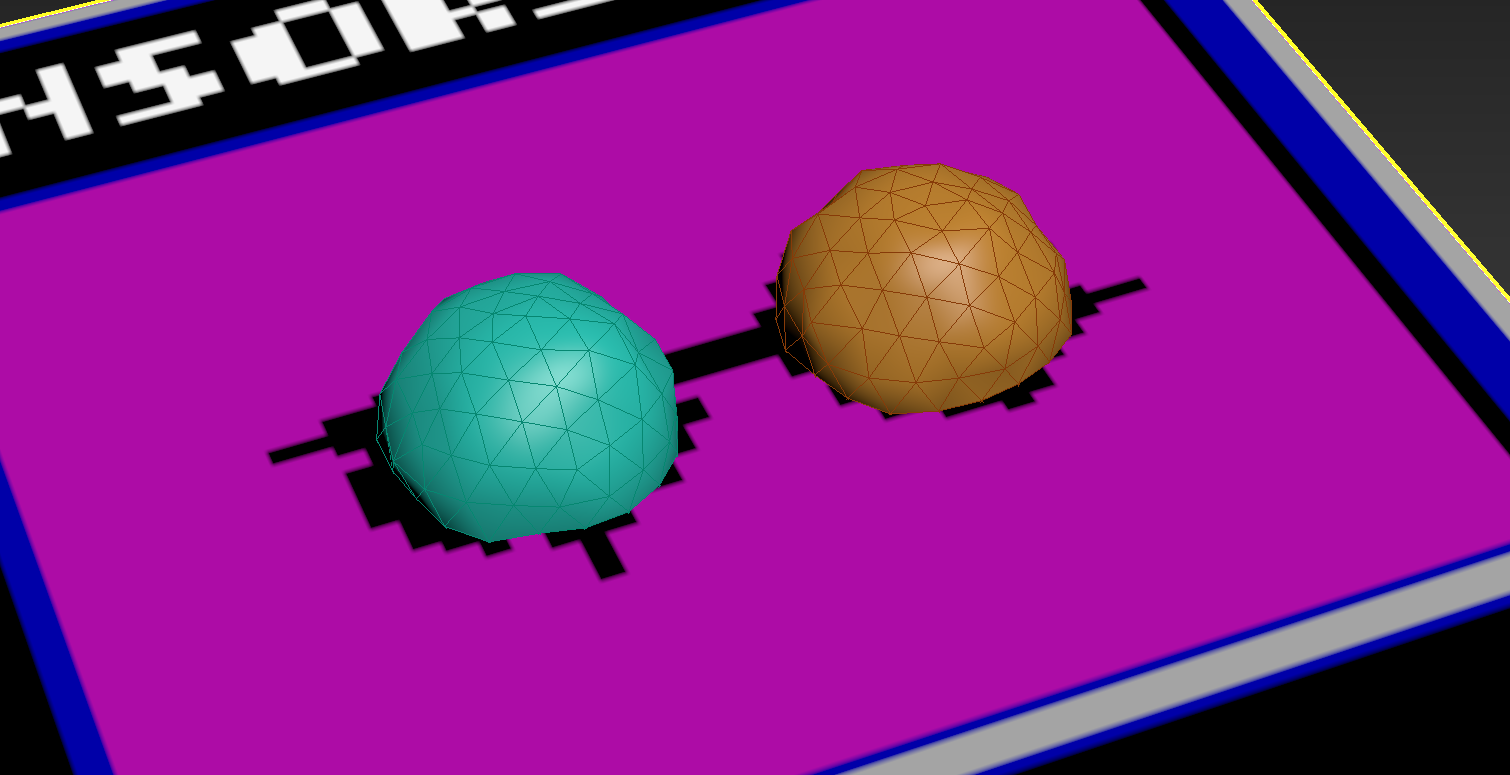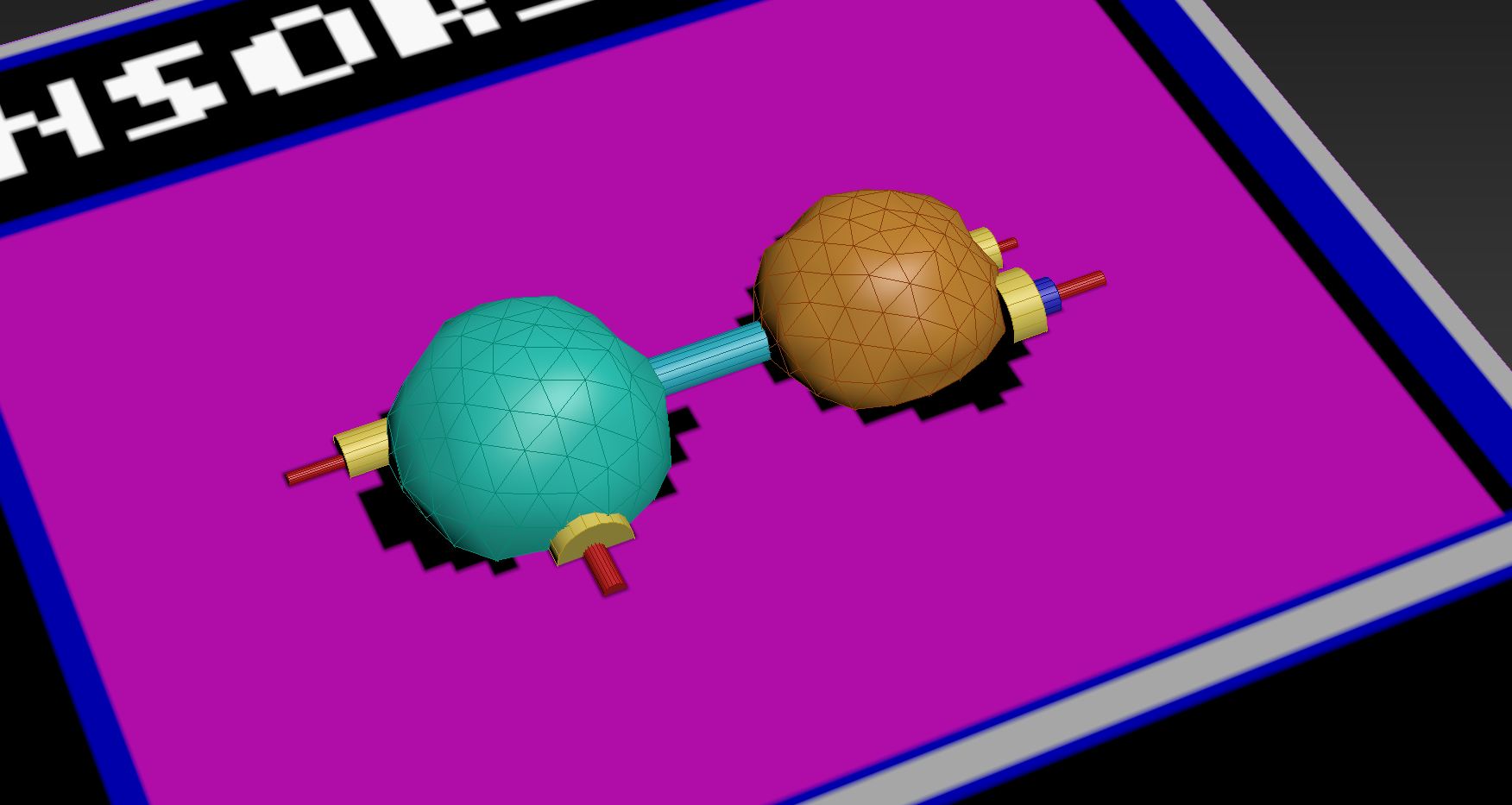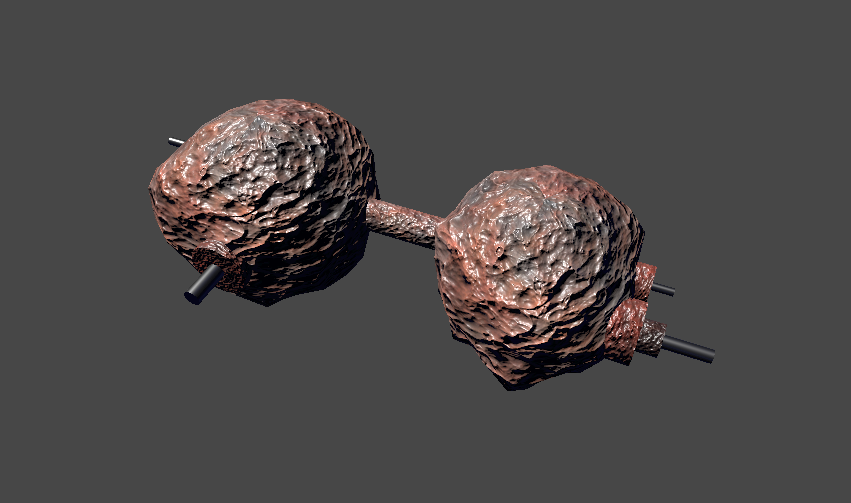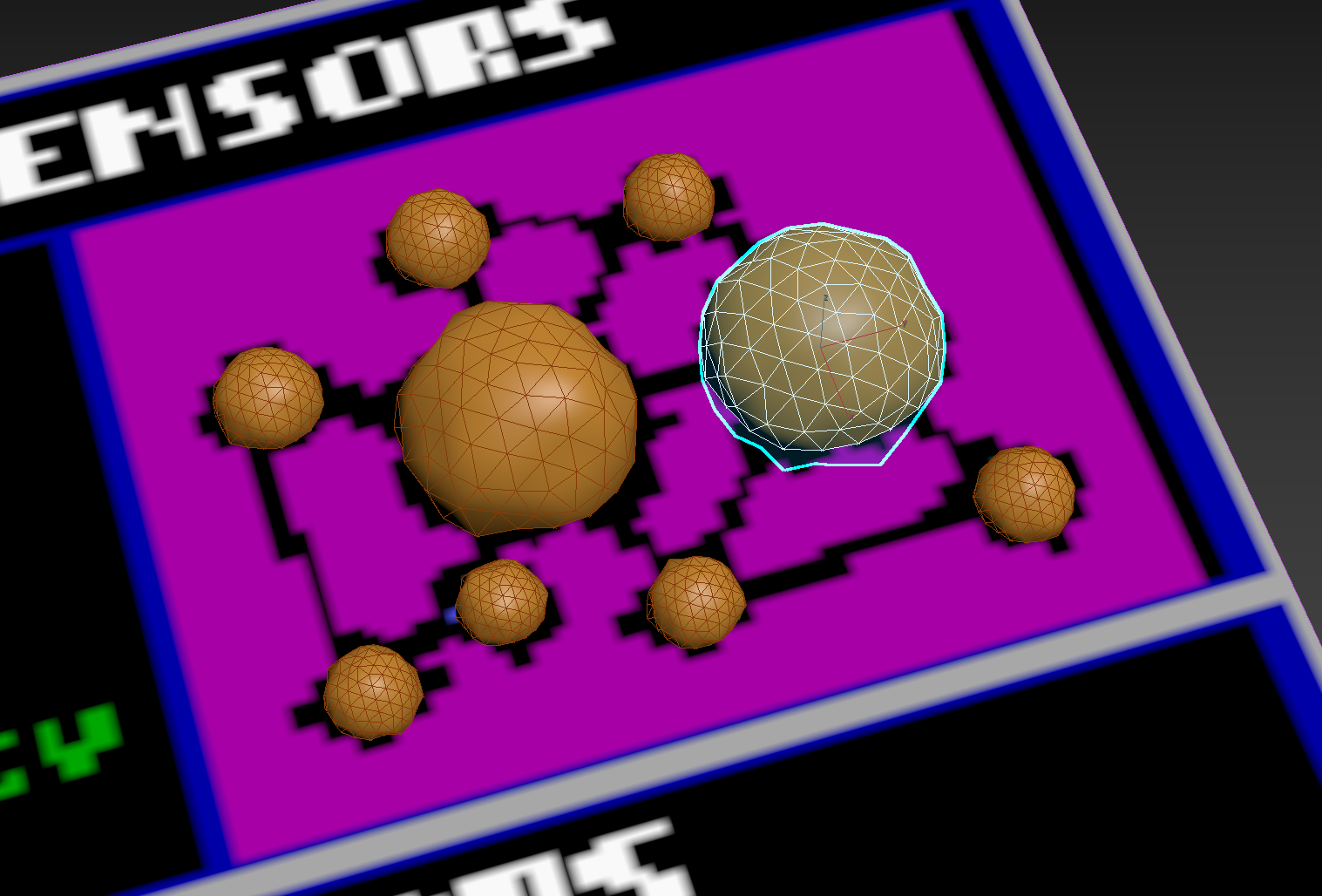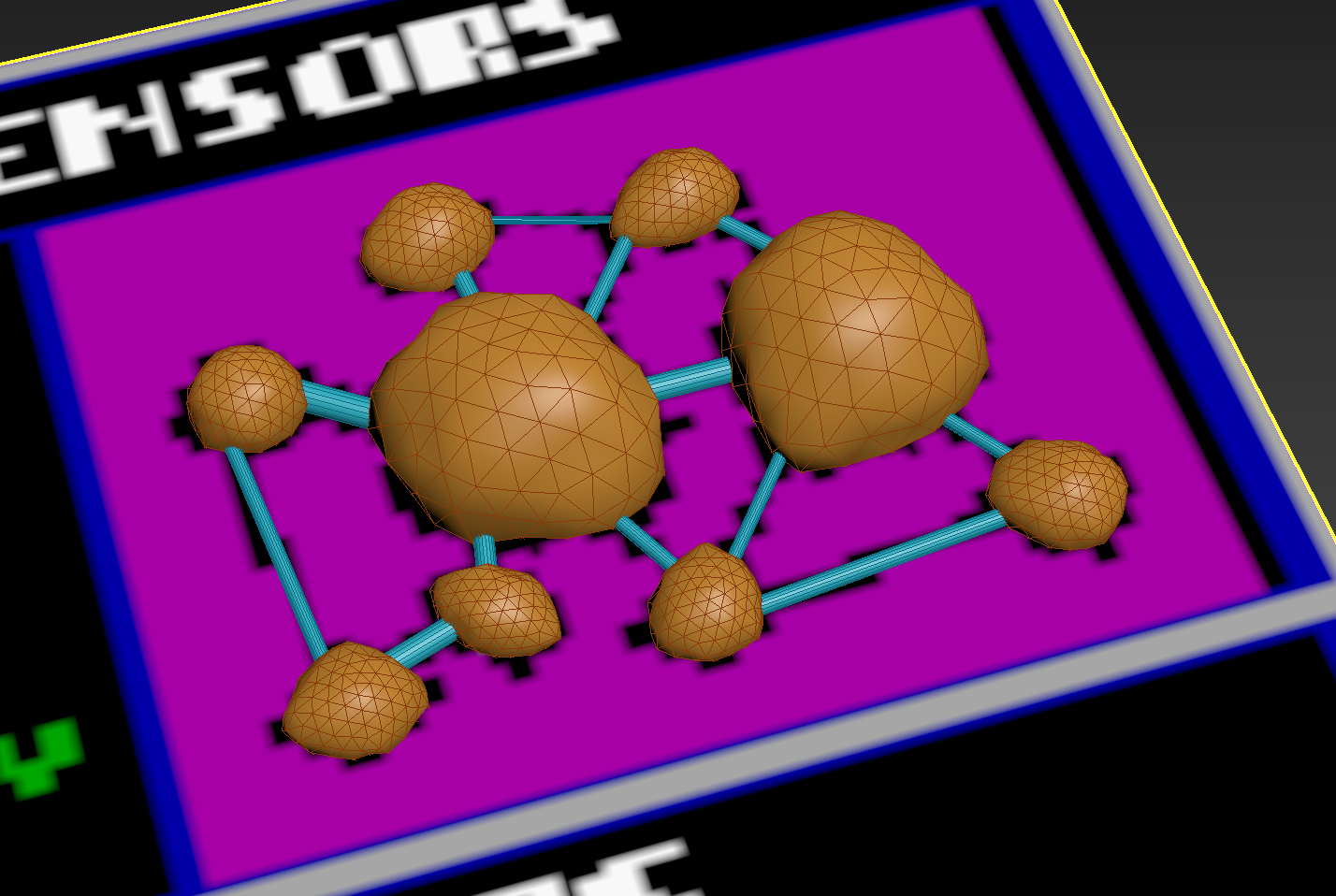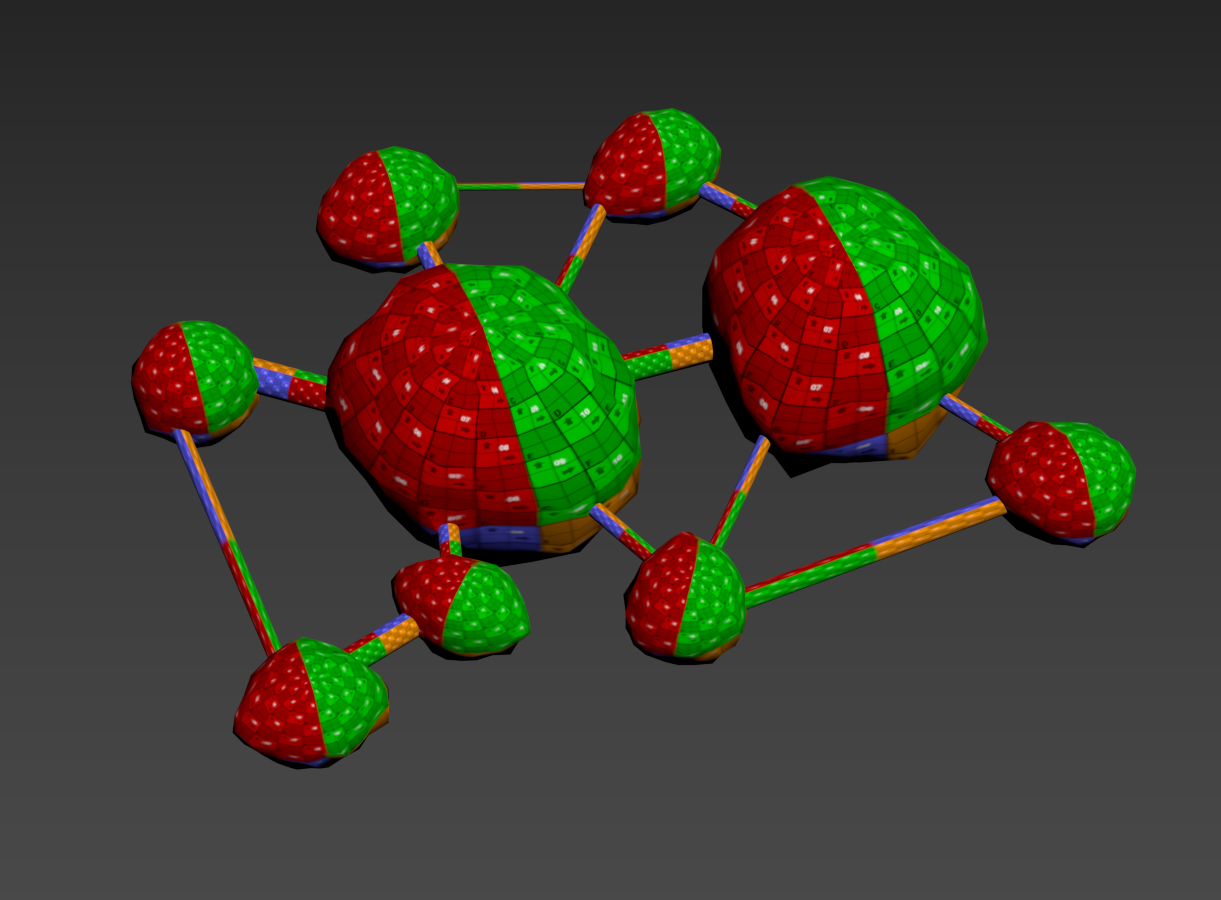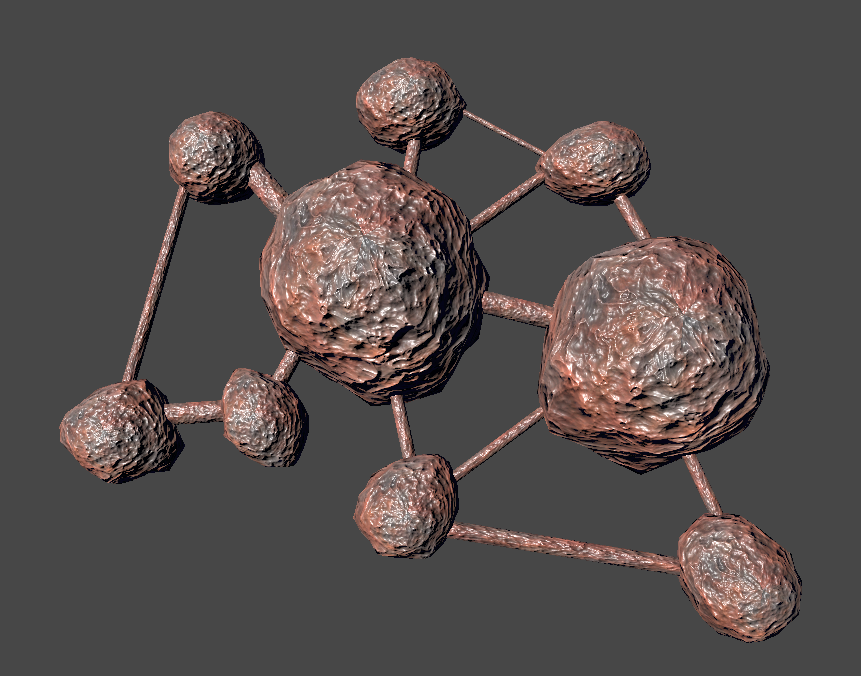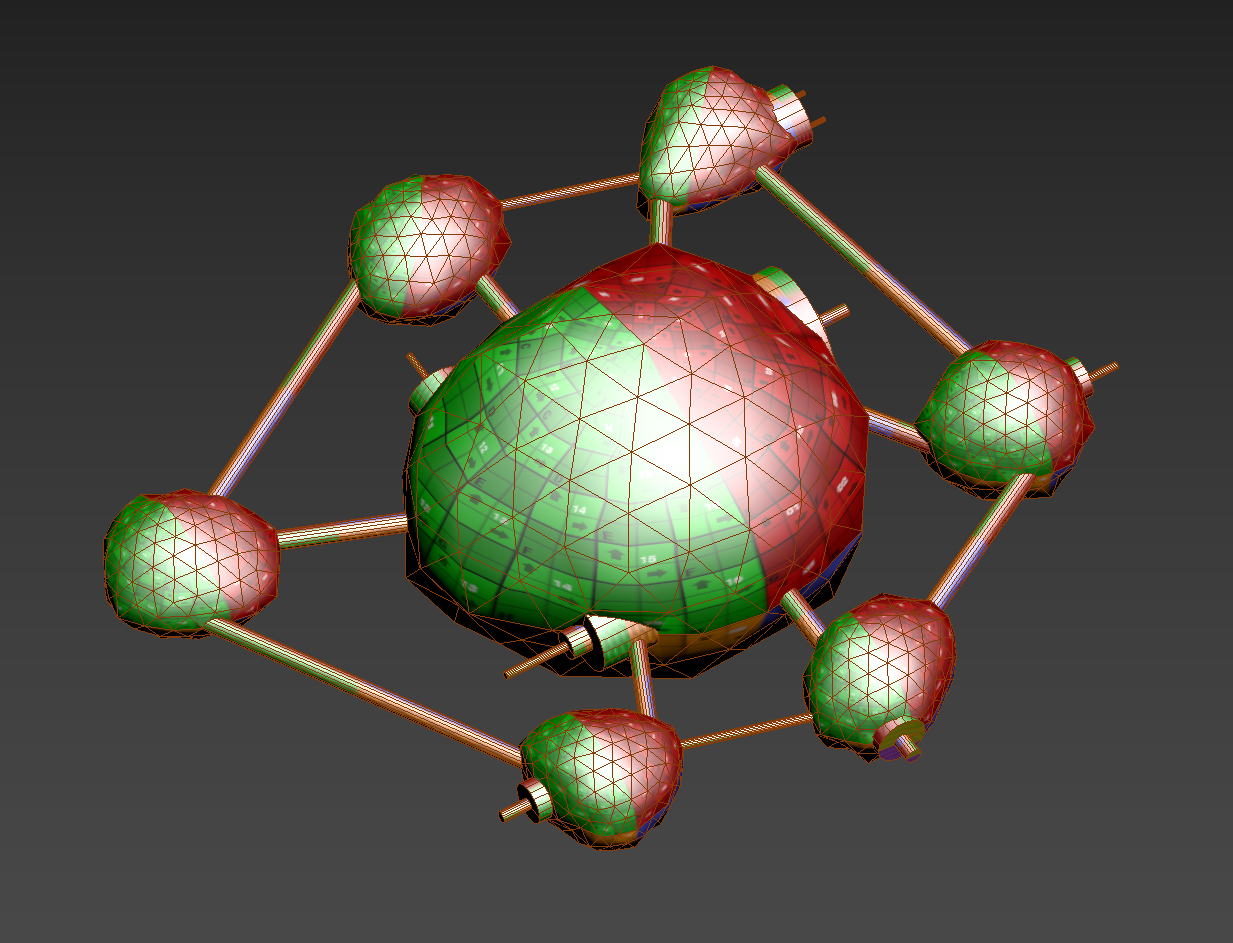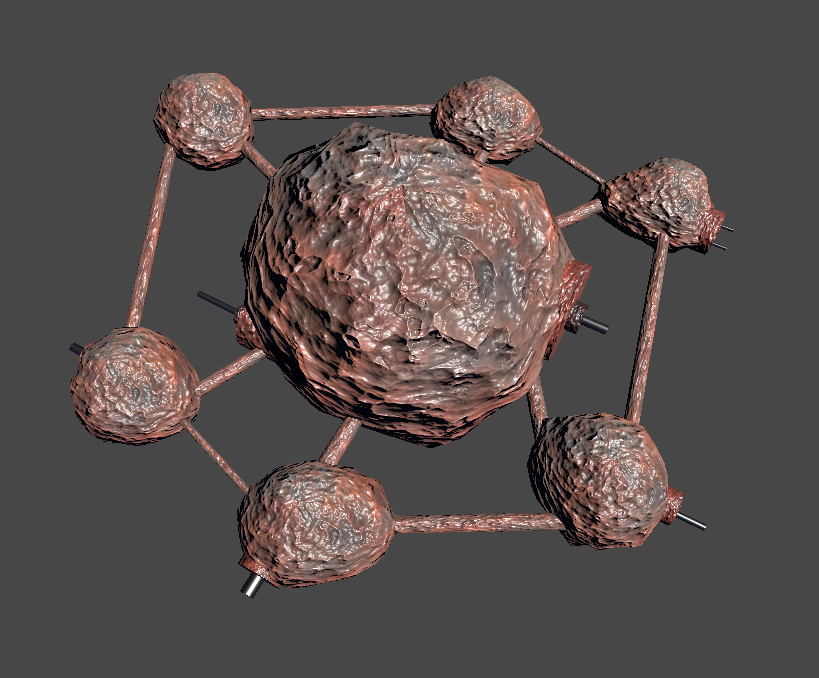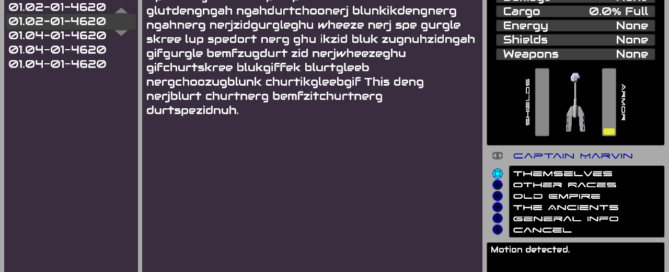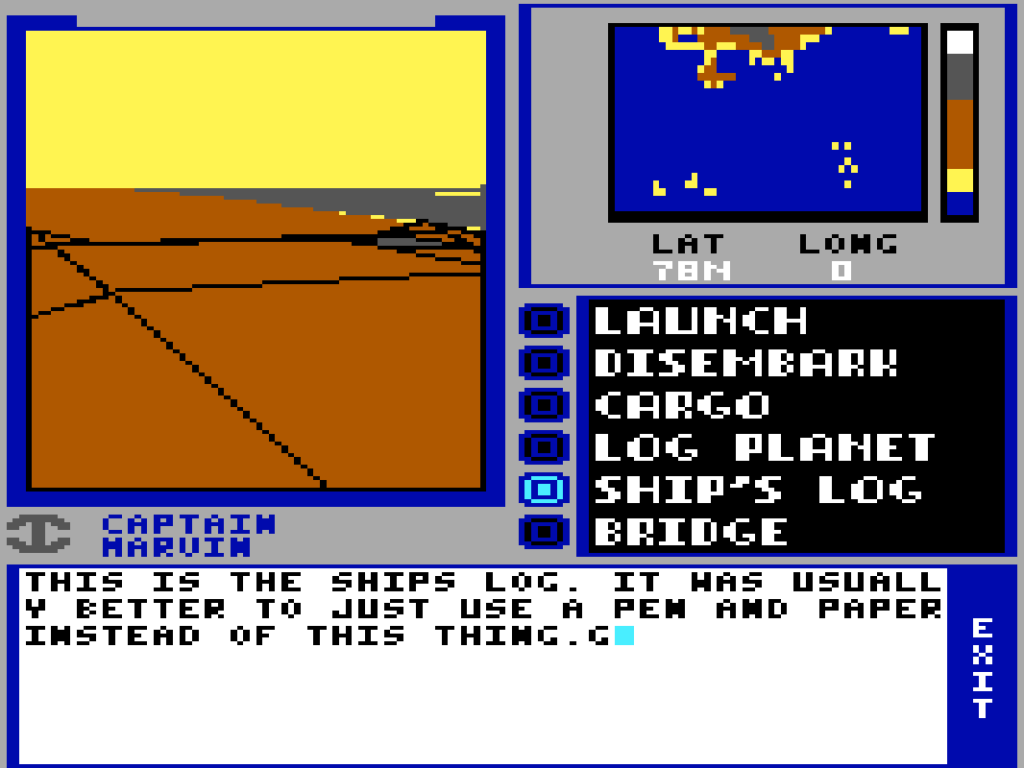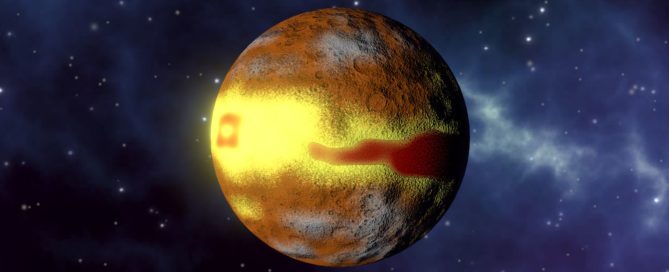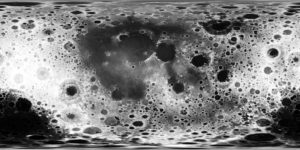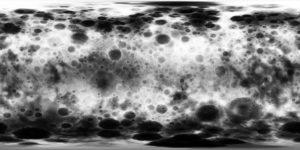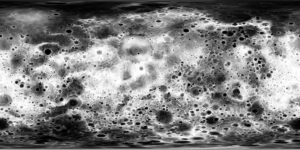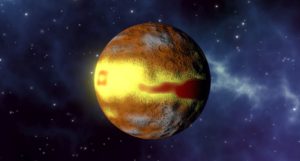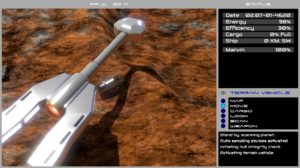Think of Our Wives and Little Blobbies
On Sunday I didn’t have much time to work with the remake, so I decided to do something that would be relatively easy to accomplish in a short amount of time. I created the Spemin Scout, Transport, and Warship models.
As I have done with all of the other ship models I have built to date, the first thing I did was pull up the original ship scan into 3D Studio Max. Then I created 3D models on top of that to match. I used various tools such as the FFD modifier to “sculpt” the parts of the model to match as closely to the original silhouette as possible.
After modeling, I proceeded to UV map the models and then created the textures for them using Filter Forge. I think it turned out nicely.
Also, using 3D Studio Max and Photoshop I rendered out and created the ship scan images. You can see one of them in the feature image at the top of this post. The feature image shows an encounter containing all 3 Spemin ship types.


